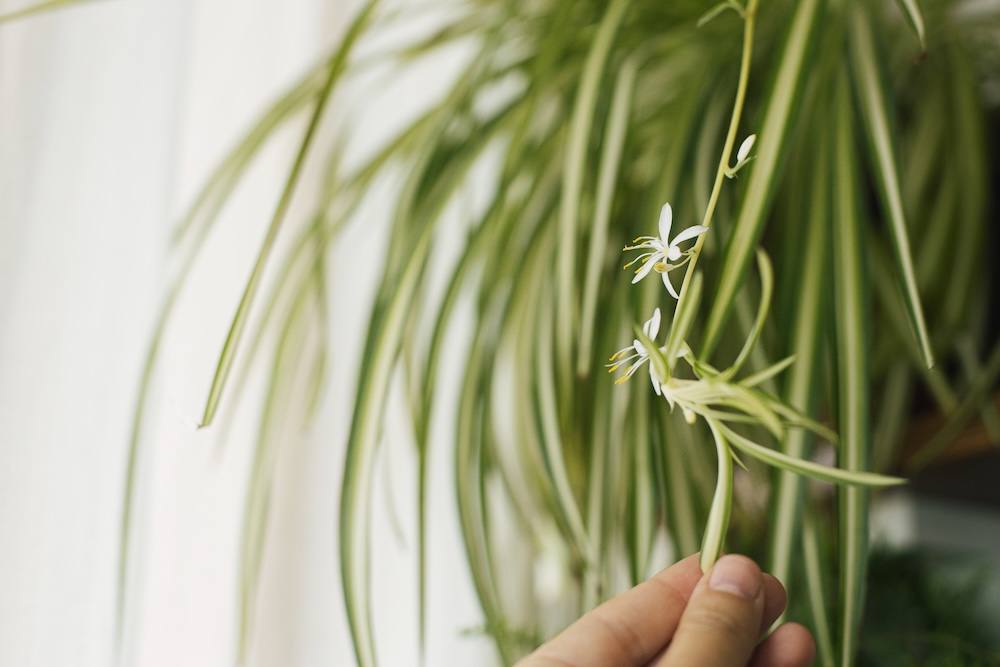Why Indoor Air Needs a Natural Solution
In 2025, indoor air pollution is now recognized as a major public health concern. Between off-gassing furniture, synthetic cleaners, and outdoor smog creeping in, many homes are filled with invisible pollutants.
While air purifiers and ventilation help, plants offer an affordable, low-tech, and aesthetically pleasing boost to indoor air quality. But not all plants are equal when it comes to air purification.
How Plants Clean the Air
Plants remove pollutants through three main mechanisms:
- Phytoremediation: Absorbing toxins through leaves and roots
- Microbial activity in soil: Beneficial soil microbes break down VOCs
- Humidity regulation: Plants release moisture, which can trap dust and particles
What Pollutants Can Plants Absorb?
Common Indoor Toxins:
- Formaldehyde (found in pressed wood, fabrics, cleaners)
- Benzene (from paints, plastics, cigarette smoke)
- Toluene and Xylene (in adhesives and varnishes)
- Trichloroethylene (in cleaners and degreasers)
- Carbon monoxide and ozone (in small amounts)
Best Plants for Air Purification
1. Spider Plant (Chlorophytum comosum)
- Removes: Formaldehyde, carbon monoxide, benzene
- Safe for pets
- Easy to grow and propagate
2. Snake Plant (Sansevieria trifasciata)
- Removes: Benzene, formaldehyde, trichloroethylene
- Very low maintenance
- Converts CO₂ into oxygen at night
3. Peace Lily (Spathiphyllum spp.)
- Removes: VOCs including benzene, formaldehyde, ammonia
- Adds humidity to the air
- Toxic to pets if ingested
4. Bamboo Palm (Chamaedorea seifrizii)
- Removes: Benzene, formaldehyde
- Great for filtering particles and adding moisture
5. Areca Palm (Dypsis lutescens)
- Removes: Xylene, toluene
- Excellent humidifier
6. English Ivy (Hedera helix)
- Removes: Mold spores, airborne fecal particles, benzene
- Grows well in hanging pots
7. Boston Fern (Nephrolepis exaltata)
- Removes: Formaldehyde, xylene
- Thrives in humid spaces like bathrooms
8. Aloe Vera (Aloe barbadensis)
- Removes: Formaldehyde, benzene
- Bonus: Gel inside can be used for skin care
9. Rubber Plant (Ficus elastica)
- Removes: Formaldehyde, mold spores
- Great for low-light conditions
10. Pothos (Epipremnum aureum)
- Removes: Formaldehyde, toluene
- Hardy and fast-growing
Do Plants Really Work?
The NASA Clean Air Study
NASA’s landmark 1989 study found certain houseplants could reduce VOC levels in sealed chambers. However, real-world indoor settings are more complex.
New Research in 2025
- Multiple plants are needed per room for measurable air quality change
- Plants are best used alongside ventilation and filtration, not as a substitute
- Soil microbiota play a large role in pollutant breakdown
How to Maximize Air-Cleaning Benefits
- Use multiple species with varied pollutant targets
- Keep leaves clean and dust-free
- Avoid overwatering to prevent mold
- Choose organic soil and avoid chemical fertilizers
- Ensure good airflow around plants
Common Questions About Air-Purifying Plants
Can plants replace an air purifier?
Not entirely. Plants can supplement, but not replace, HEPA filters or HVAC systems.
Are all houseplants good at cleaning air?
No. Some are better than others, and size/maturity matters too.
How many plants do I need?
Rough guide: 1 large plant per 100 square feet—or several smaller ones per room.
Are any of these plants toxic to pets?
Yes. Peace lilies, pothos, rubber plants, and ivy are toxic if eaten. Stick to spider plants or palms for pet-safe options.
Final Thoughts: Green Decor With a Purpose
Houseplants offer more than beauty—they’re active allies in creating a healthier home. While they can’t replace mechanical air systems, they’re a valuable part of a layered air quality strategy.
By choosing the right plants, maintaining them well, and pairing them with smart ventilation, you invite nature’s quietest air filters into your everyday life.









Reader Interactions